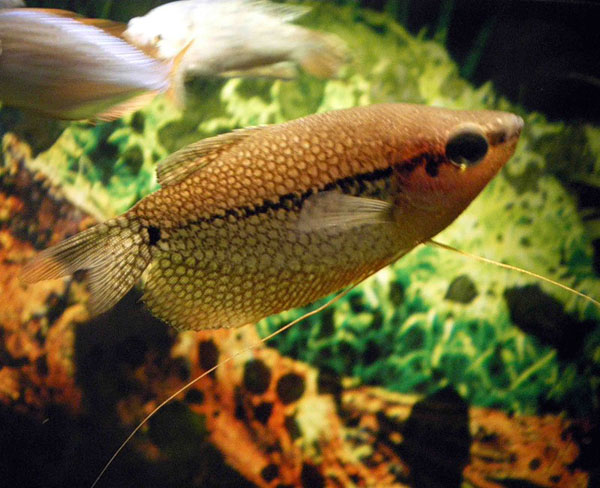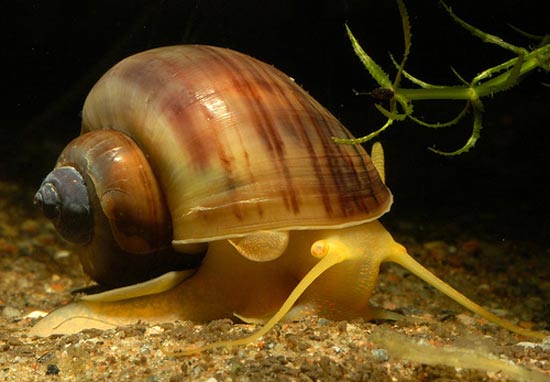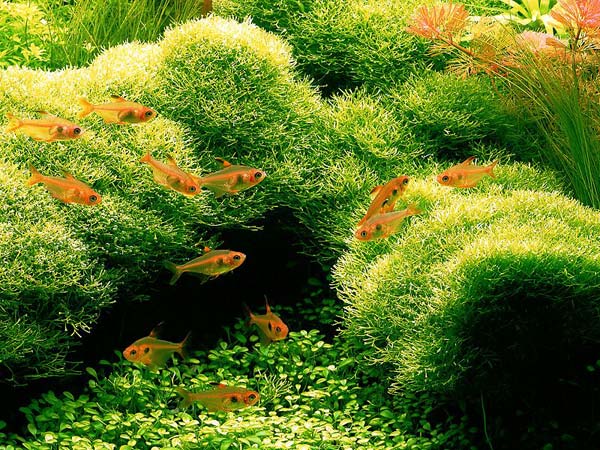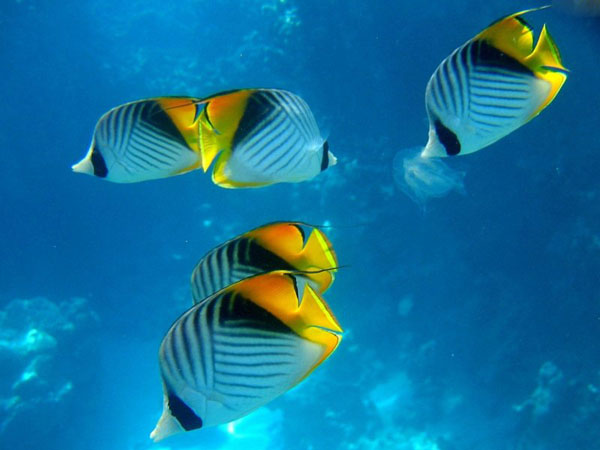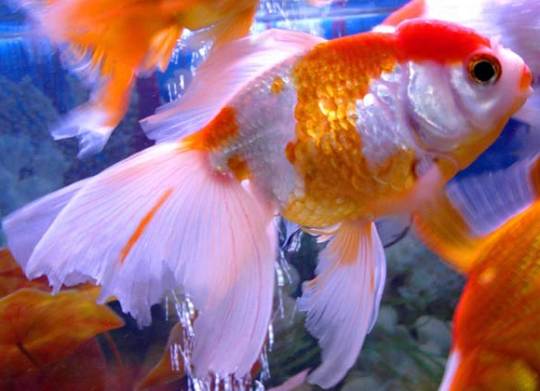What should be the soil for the aquarium?
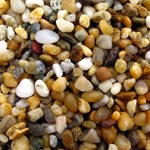
What do you think - why do you need aquarium soil? For beauty? For the decor? No, the soil is a biological filter and nutrient soil for good growth and development of plants planted by you.
It is in the ground that bacteria live that takeparticipation in the processes of processing the products of vital activity of aquarium fish and other inhabitants, it grows the roots of plants. Also, plants receive nutrients from the soil. well and for fish, the soil is a natural bottom, without which they will feel uncomfortable.
A large amount ofmaterials. Therefore, when choosing it, you should think about the purposes for which you need it. For example, for an aquarium with fish, in which unpretentious plants grow, or if there are artificial ones, the soil itself is not very important, since it serves mainly as decor. If you have seriously decided to engage in the cultivation of unusual aquarium plants, then you need to seriously approach this issue.
Gravel, sand, clay, peat, as well as artificial soils - that's what, basically, put to the bottom of the aquarium. Remember which materials can not be usedas a primer. This is the land from the garden or soil, intended for planting land plants (this seems obvious, but just in case, we mentioned this); fine river, quartz and especially construction sand; Marble crumb (except in cases where it is necessary to increase the hardness of water); as well as materials that can change the chemical characteristics of water.
Small gravel (2-5 mm in size) is, as a rule, the maincomponent for the preparation of aquarium soil. By itself, it is not a source of nutrients for plants and does not have the capacity to retain them. It is used to fix the roots of plants, as an upper layer, over peat. It is advisable to choose gravel of dark color, without sharp edges, which can injure your pets.
Sand, as well as the soil, does not contain in itselfnutrients and poorly retained them. Usually it is mixed with other components, for example with peat, or put as a top layer. It is not recommended to use very fine sand, as it quickly clogs with dirt and stops passing oxygen and nutrients deep into the soil. To separate the fine grains of sand from the large ones that you need, you can sift the sand through a fine sieve.
Clay makes the water turbid, so it is better to sprinkle iton top of gravel or sand, especially if there are fish in the aquarium that like to dig in the ground. It is not advisable to use red clay, as it contains a lot of iron, which in large quantities is harmful to aquarium fish. You can mix clay with humus and peat, roll the balls and add them to the bottom layer of the soil, but so that the clay is not more than 1/10 of the total soil.
Peat Is a mixture of partially rotted organicmaterials. It contains a lot of nutrients, and also reduces the hardness of water. Like clay, peat should be topped with a layer of gravel or sand. Before laying the soil in the aquarium, it must be carefully disinfected. Sand should be rinsed and calcined for 20 minutes; Gravel several times rinse under running water and boil (30 min).
Place the soil on the bottom is not best evenly distributed, but on an inclinedThe posterior wall of the layer is thicker, near the front is thinner. And to clean the aquarium is easier, and the soil looks more beautiful, and plants that have developed root system and require more soil are mostly high and placed in the background. Optimal thickness of the thinnest layer of soil - 1-4 cm, the highest ball should not exceed 8-10 cm.
